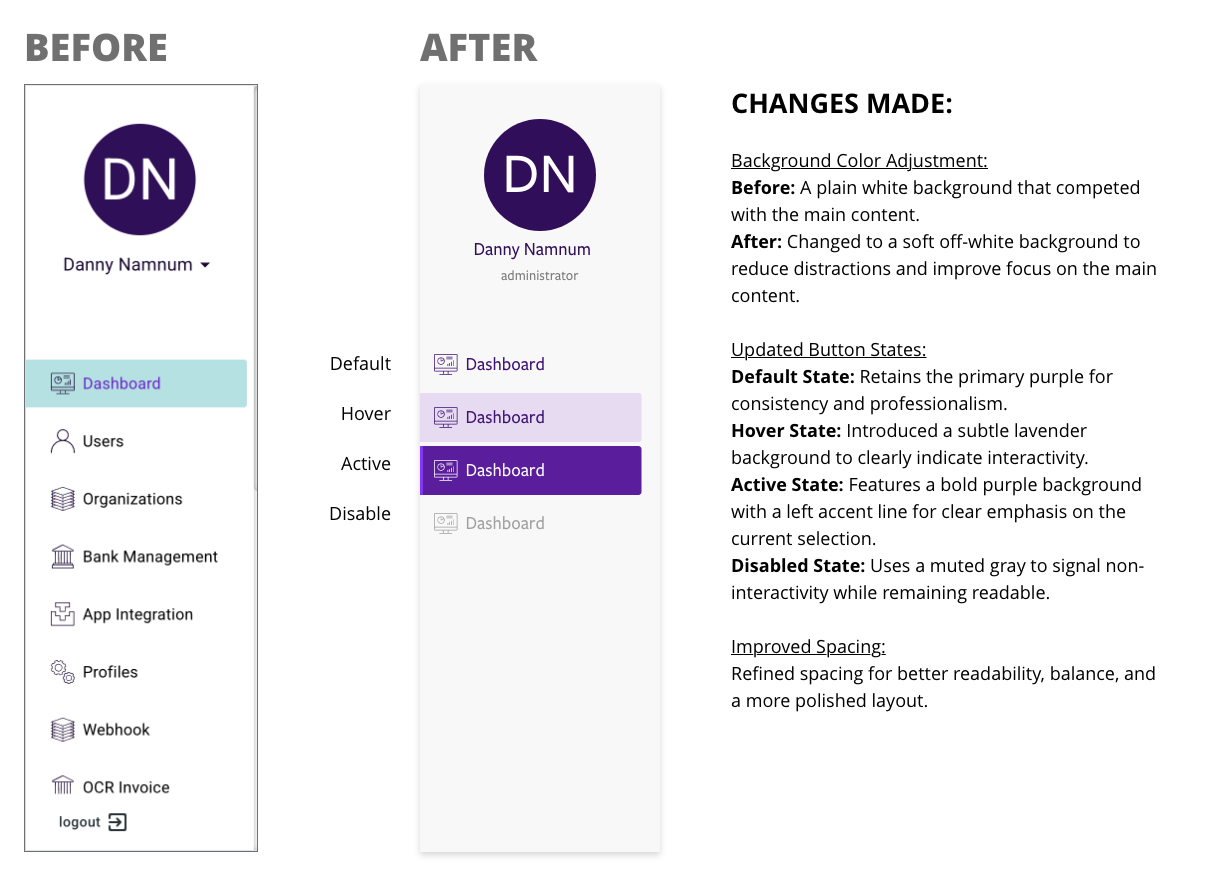Payology needed to develop its first-ever financial platform—one that would serve as the foundation for its suite of enterprise products. The challenge was to create an intuitive, structured UX/UI that was not only scalable but also flexible enough to allow enterprise clients to tailor their experiences while maintaining a consistent, user-friendly design.
The result was a UX/UI framework that laid the foundation for Payology’s digital transformation.
- Project: Payology Corporate Website
- Category: Website Design & Branding
- Role: Lead UX/UI Designer
- Industry: Fintech, SaaS, B2B Digital Solutions
- Tools: Adobe XD, Photoshop, HTML/CSS (Collaboration with Dev Team)

Challenge
Designing a Platform for Complex Financial Workflows
Developing Payology’s first financial platform came with several critical UX/UI challenges:
- No existing framework – The entire user journey, navigation, and workflow structure had to be designed from the ground up.
- Complex financial workflows – Enterprise users needed a clear, intuitive interface that simplified transactions and approvals.
- Brand flexibility – The platform needed to support client-specific branding while maintaining a cohesive product experience.
- Data-heavy interactions – Users needed structured data presentation to quickly analyze financial reports and complete transactions.
The platform had to be powerful yet intuitive, ensuring that users could navigate transactions effortlessly while maintaining control over customization and scalability.
Solution
Structuring a Clear & Scalable UX/UI System
To address these challenges, I designed a user-first financial platform that combined:
- A structured UX/UI for complex workflows – A step-by-step process ensured that financial operations were clear and efficient.
- An intuitive navigation system – Key actions were surfaced to reduce cognitive load and improve transaction clarity.
- A scalable UI framework – Designed to support Payology’s future product expansions while maintaining a consistent experience.
- Custom UI branding for enterprise clients – A flexible interface allowed companies to integrate their branding without disrupting usability.
- Optimized data visualization – Clean, structured dashboards allowed users to process reports and transactions efficiently.
By implementing these UX/UI strategies, the Payology platform successfully balanced structure, flexibility, and scalability.

As the Lead UX/UI Designer, I was responsible for:
- Designing the navigation system – Created a clear, structured layout to improve workflow efficiency.
- Defining user journeys & interactions – Ensured that transaction flows were intuitive and seamless.
- Developing a scalable UI component system – Built a reusable design system to support future product growth.
- Collaborating with the development team – Worked closely with engineers to implement a structured yet flexible UI framework.
- Creating branding customization options – Ensured that enterprise clients could personalize the UI while maintaining consistency.
This strategic approach to UX/UI design helped Payology establish a strong digital foundation for its enterprise solutions.

